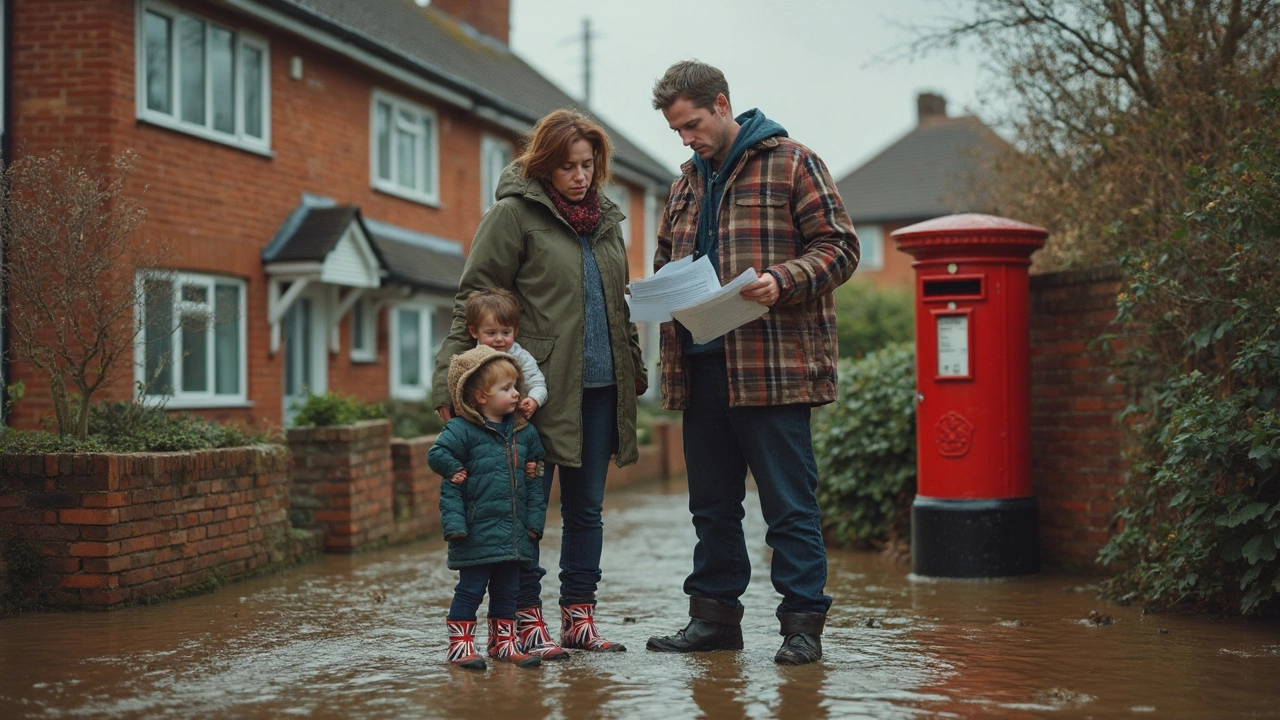Insurance Exclusions: What Your Policy Doesn’t Cover
When you sign up for an insurance policy, you expect it to protect you from the worst. But most policies have fine‑print sections that spell out exactly what won’t be paid for. Those are insurance exclusions – the hidden gaps that can cost you cash and headaches when you need help the most.
Knowing the typical exclusions helps you avoid nasty surprises. It also lets you ask the right questions before you sign anything. Below we break down the most common exclusion types and give you practical steps to cover the blanks.
Common Types of Insurance Exclusions
Every kind of insurance – home, auto, health, or business – carries a set of standard exclusions. Here are the ones you’ll see most often:
- Natural disasters: Floods, earthquakes, and landslides are often left out of standard homeowners policies. You need a separate rider or a different policy to get coverage.
- Wear and tear: Anything that results from normal use, like a cracked pipe that’s been leaking for years, usually isn’t covered. Insurers see this as a maintenance issue, not a sudden loss.
- Pre‑existing conditions: In health and pet insurance, any condition that existed before the policy start date is typically excluded.
- Intentional acts: If you deliberately cause damage, the insurer won’t pay. This applies to fraud, arson, or any act that’s clearly intentional.
- Business use: Using a personal vehicle or home for business purposes often voids claims unless you have a commercial policy.
These are just a snapshot – each policy can add its own unique exclusions. Always read the exclusions clause, not just the summary.
How to Spot and Deal With Gaps
First, grab the full policy document and search for the word “exclusion.” Most insurers list them in a dedicated section. If you’re unsure about a term, look it up or ask your broker.
Second, compare the list against your real‑world risks. Do you live in a flood‑prone area? Do you run a side business from home? If the answer is yes, you probably need additional coverage.
Third, ask for endorsements or riders. Many insurers let you add on flood, earthquake, or business‑use coverage for a modest extra premium. Adding a rider is usually cheaper than buying a separate policy later.
Fourth, keep good records. Take photos of your property, note the condition of items, and maintain receipts. If a claim is denied because of an exclusion, solid documentation can sometimes help you negotiate or appeal.
Finally, shop around. Not all insurers treat exclusions the same way. A competitor might include flood coverage in the base policy, saving you the hassle of a rider.
Bottom line: Insurance exclusions are a reality, but they don’t have to be a surprise. By reading the fine print, matching coverage to your actual risks, and tweaking your policy where needed, you can close the gaps before a claim lands on your desk.
Take a few minutes today to review your current policies. Spot any exclusion that could bite you, and call your insurer to ask how you can plug it. A small effort now can save a big payout later.

Homeowners insurance doesn't cover everything, and many people only find out after filing a claim. This article goes through real-life examples of what typically isn't covered, like certain natural disasters, everyday wear and tear, and even some theft situations. You'll pick up handy tips on spotting gaps in your coverage before disaster hits. Find out how to dodge costly surprises and take action to protect your biggest investment. It's all about knowing what you're on the hook for—and what you can do about it.
Read More
Wondering what your homeowners insurance actually covers? Two common disasters—floods and earthquakes—aren’t covered by a typical policy. Many people only find this out after facing huge repair bills. This article explains why these exclusions exist and what you can do about them. Get clear answers and tips to make sure you aren’t blindsided if disaster strikes.
Read More